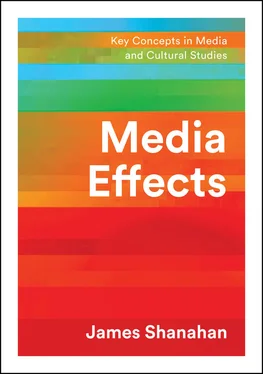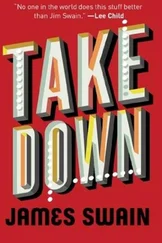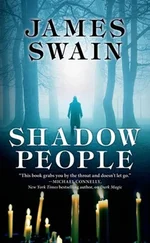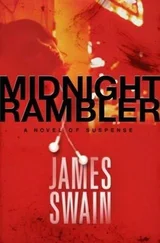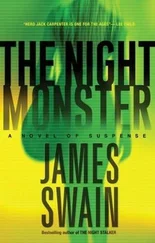To the #1 Family in Central New York and Southern Indiana – Lisa and Isabel: Heehee and Continued Best Wishes! To Mom, Jeannette, Casey, Luke, Steve, Bob, Laury, Nora, and Mason: thank you all! You’re a great family.
A quick story. In the 1960s, as a child, I was allowed to roam freely around the small city we lived in. My sister and I had bikes, and we could ride them where we chose, with the proviso that we would be back by dinnertime. This was not unusual; all of our friends operated under the same rules. The child-rearing culture of that time allowed parents a great deal of leeway in terms of how much freedom their children should have; children were encouraged to be independent.
In the 1990s, we raised our own daughter differently. If we had let her roam freely around our own small city, at the very same age that I and my sister had done so, our parenting practices would have been seen as irresponsible, and possibly also illegal. Small children were simply not allowed to be left alone; their experiences became much more structured and guided. “Play dates” rather than unsupervised playground interaction became the norm, and an increase in the number of scheduled and programmed activities for children also became more noticeable. The idea of children left to their own devices was no longer acceptable.
In the 30-year interval described above, what happened? One would be tempted to assume that the world had become a more dangerous place in the 1990s, and that parents were reacting protectively to these dangers. However, the facts were that crime rates in the 1960s were not that much different than they were in the 1990s. 1Objectively speaking, children were about as safe from danger in either period.
Many people I have spoken with – who now raise their children in the same protective way we did – express surprise that crime is not worse now than it was 30 years ago. When confronted with the example I describe above, the explanation people usually arrive at, pretty quickly, is that maybe we perceive the world to be more violent than it really is. And once they self-highlight the issue of perception, people then start to think about sources of perceptions. Why do we think this way? In coming around to these thoughts, people often think about the variety of ways in which crime is reported to us, and especially we remember the very awful examples where children have been abducted or killed.
In 1981, 6-year-old Adam Walsh was kidnaped from a store; his body was found several days later. As it took years for his case to be solved, his father John Walsh became an activist for heightening awareness of crimes against children. He started the National Center for Missing and Exploited Children, and also later hosted a television show called America’s Most Wanted . The show was a national sensation, and while it focused not only on child crime, the awareness, and fear, that it created was high. The show came at a time when the power of television to cover crime was increasing, with more cable channels available and the development of a 24-hour news cycle that emphasized sensational and disturbing events as ways to attract ratings attention. In this environment, a national panic over missing children developed (Waxman, 2016).
Of course, any missing or exploited child is a horrible tragedy, but the numbers that were used to generate public fear and concern during this time were far out of line. “The missing children issue subsists on reports repeatedly delivered by both electronic and print media, frequently quoting the figure that 1.5 million children vanish, disappear, or are abducted each year, with implications that stranger or ‘troll-type’ abductions are the greatest concern” (Fritz & Altheide, 1987, p. 477). The scare-numbers were part and parcel of the programs’ ratings success. Scholars have since identified these media misrepresentations as playing an important role in the construction of the social problem and ensuing moral panic, with important effects on how we thought about protecting our own children. The numbers were over-stated. A Pulitzer Prize-winning investigation in the Denver Post 2showed that actual disappearances of the type most feared were quite rare, and that most of the reported numbers were within-family situations or runaways. Without denying the importance of addressing child violence issues as a national problem, the most-dreaded aspect of the issue of disappearing children was over-hyped. It is certainly an instructive example of how media images can affect our most basic perceptions and the cultural practices based on them.
“Media effects”: What are they?
The missing child panic is an illustrative example, but not isolated. In fact, we know in general that media coverage of crime and violence is associated with greater fear among heavy viewers of television, a phenomenon that has been called the “mean world syndrome” (Gerbner & Gross, 1976; Shanahan & Morgan, 1999; Morgan, Shanahan, & Signorielli, 2012). While especially true of television, frequent users of all media are exposed to a relatively heavy diet of violence and mayhem, much more than what they would see in “real life.” Thus, it is not surprising that they also tend to see the world in more violent ways than others:
we have found that one lesson viewers derive from heavy exposure to the violence-saturated world of television is that in such a mean and dangerous world, most people “cannot be trusted” and that most people are “just looking out for themselves” (Gerbner, Gross, Morgan, & Signorielli, 1980). We have also found that the differential ratios of symbolic victimization among women and minorities on television cultivate different levels of insecurity among their real-life counterparts, a “hierarchy of fears” that confirms and tends to perpetuate their dependent status. (Gerbner et al., 1986, p. 28)
While we can postpone the discussion of the causality of these relationships until later in this book, mean-world findings are consistent with the sorts of things that were also going on in the missing child case.
As they develop reasons to account for the differences between reality (the actual statistics) and perception (what they think about reality), people are starting to conceptualize what we call “media effects.” If we begin to see that our perception of reality can be influenced – either positively or negatively – by what we see reported or portrayed in the media, we are then also beginning to explain the importance of the role of media in not just our entertainment but also in our decision-making processes as well. If media can play a shaping role in something as important as how we raise our children, can their power extend to other domains?
*
This book is about a large body of research that deals with this issue. Most of us are likely to agree with the idea that media “matter.” It is not unusual to harbor personal views about media effects, especially in relation to what we see as their damaging consequences. Whether it is in relation to violence in the media, to material we see as dangerous to children (such as content featuring drug use or sexuality), or to media usage practices that are harmful (too much media use, media “addiction”), at most any time there are vigorous debates ongoing about various aspects of the media scene that need reforming.
And it has been ever thus. Society became mass-mediated roughly in the 1830s, which was the time of the introduction of the popular newspapers, then known as the “penny press.” With these and the other new media that were introduced over the years (film, radio, TV, Internet, etc.) came social hand-wringing, moral panic, and more serious research-based concern about the effect of each new medium.
Читать дальше
